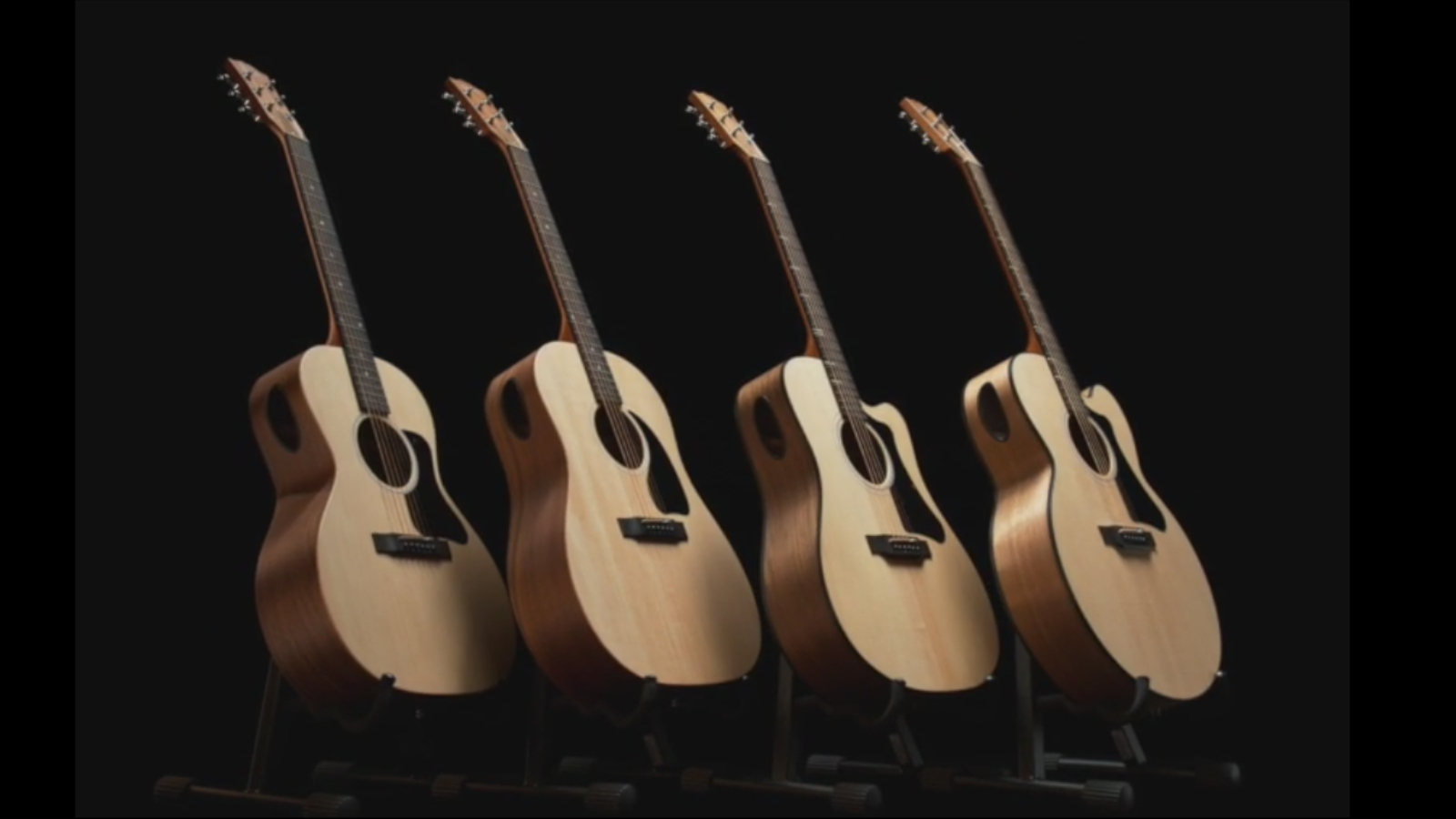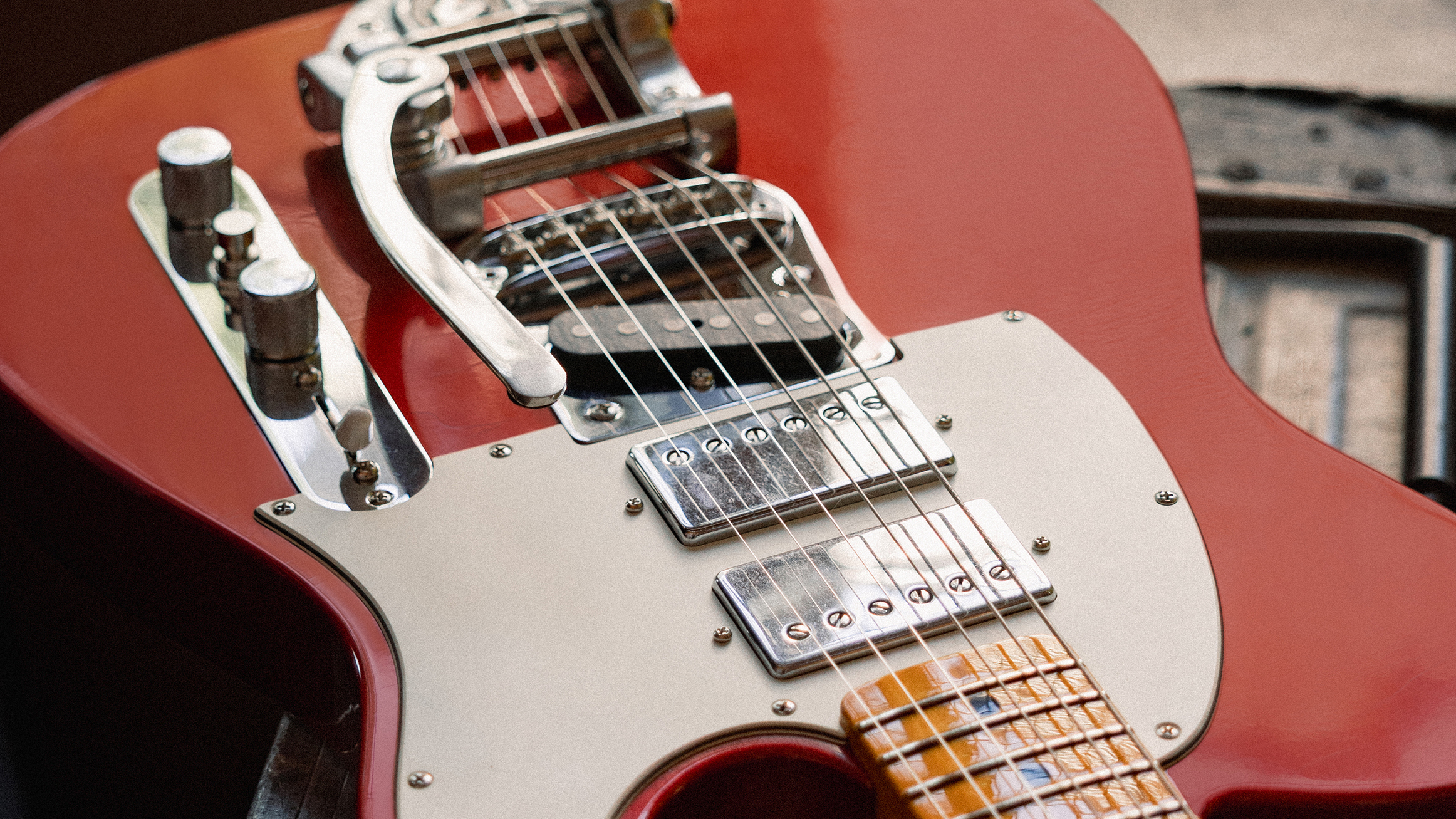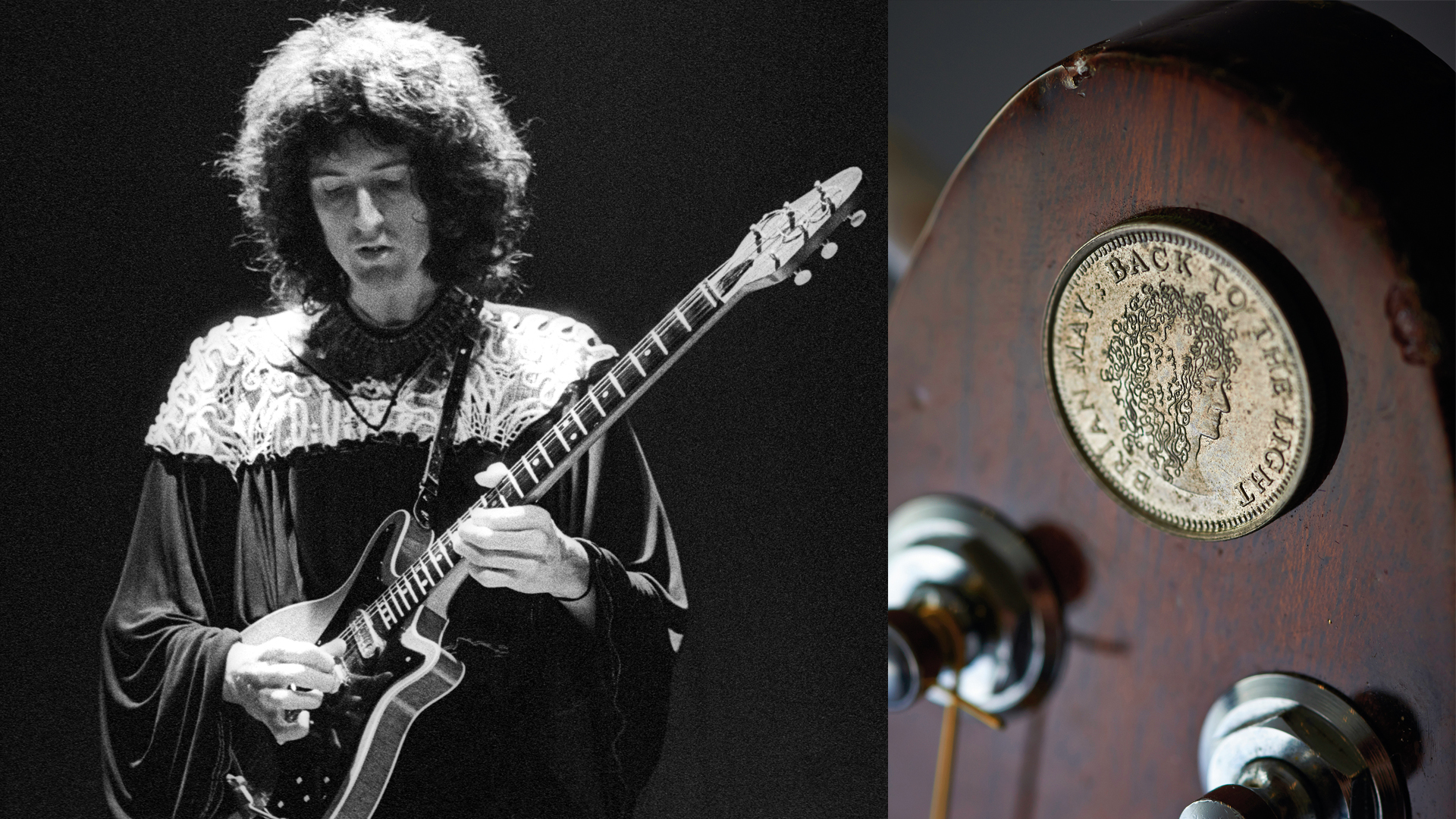GuitarPlayer Verdict
Solid American craftsmanship at a value and in a range of sizes and styles designed to deliver fundamentally classic tones with modern playability.
Pros
- +
Quality American-made craftsmanship with solid woods
- +
Loud, vibrant tones
- +
Player Port adds dimension
- +
Excellent playability
Cons
- -
Silkscreened headstock logo
- -
Would be cool to include a Port cap
You can trust Guitar Player.
Gibson’s New Generation Collection is designed for players of all sizes, skill levels and bank accounts that are in the market for a genuine American acoustic built with solid woods in the venerable manufacturer’s Bozeman, Montana factory.
These four no-frills instruments all share one distinctly outside-the-box feature: the Player Port on the top side above the upper bout.
All feature walnut back and sides, a Sitka spruce top, and a striped ebony fretboard as well as Grover tuners, a Tusq nut and saddle, and a slim utile neck.
There are two models with electronics (EC) and two without, ranging in size from parlor to jumbo.
All are on review here, and all have slightly thinned bodies for comfort. From smallest to largest, they include the G-00 parlor, G-45 round-shouldered dreadnought, G-Writer EC square-shouldered cutaway dreadnought and G-200 EC cutaway jumbo.
The Generation Collection has modest aesthetics. The woods appear unrefined and barely finished in an open-pore matte satin style that appears so natural, the guitar could perhaps have come straight off a workbench.
Appointments are minimal, particularly on the diminutive G-00 and compact G-45. The G-Writer EC and the G-200 EC feature black bindings and hip “single-bar” fretboard inlays.
It would also be nice if the headstock logo were inlayed rather than silkscreened.
THE PLAYER PORT
According to Gibson, the Player Port is a concept the company flirted with back in the early ’60s that has been “refined to deliver a fresh dimension to the time-honored Gibson acoustic sound.”
Top vibrations are the main sound source on an acoustic guitar. The sound hole facilitates air exchange, but the loudest part of an acoustic is the sound board between the bridge and the endpin. The sides serve more of a structural purpose, and it makes sense that an extra port there would allow additional sound exchange.
To my ears, the Player Port adds expansiveness. You can surely hear top vibrations coming through it, and there is an overall volume bump as well, from the player’s perspective. I didn’t sense any loss of volume when listening from an audience perspective, but there is a sonic shift.
Simply covering the port with my hand produced a chunky, closed speaker cabinet tone, while leaving it uncovered added air to the midrange, similar to an open-back cabinet.
For anyone concerned about the port’s effect on structural stability, it’s placed precisely where preamp controls have gone in acoustic guitars for many years.
The Player Port is fun, pure and simple. It would be even more fun to include a cap that the player could put in or take out to change the tone.
In addition to the extra sonics, it’s fun to be able to look inside the guitar to see the bracings and such.
Gibson Generation artist Amythyst Kiah notes, “The Player Port also makes it easier to retrieve your pick if you drop it inside.
SOUNDS
All four Generation acoustics have rather raw, lively tones that fit, given their sizes and styles. They are generally well balanced with focus in the middle range.
To make a wine-based comparison, the flavor is fundamental-forward, with a rather dry finish. There’s a hearty, earthy quality. The base tone is not thin or airy, although the Player Port expands the sound of each in its own way.
Of course the parlor has the smallest and thinnest tone of the bunch, but it’s louder and more open than expected.
The round-shouldered dreadnought G-45 sounds similar but significantly bigger. It’s worth mentioning that this G-45 replaces the original Generation G-45 Standard and Studio models introduced in 2019.
Interestingly, the square-shouldered dreadnought cutaway G-Writer has a tighter sound all around, with powerful projection that the Player Port seems to bolster. I could sense the booming low sound waves impacting the bones in my ears, as well as other body parts, depending on how I held it. It made me want to chunk away percussively with muted strings like John Fogerty at the start of “Lookin’ Out My Back Door.”
The Writer takes to lowered tunings like a duck to water. When I sat down and played in a low C tuning, I swear I could feel resonations passing through my legs and into the wooden floor.
The bigness of the jumbo seemed less about booming bass and more about its generous jangle. Like the classic J-200, the G-200 is born to strum and has fine chime, and the Player Port makes the sound widespread and almost symphonic.
Gibson clearly figured the G-00 and G-45 more for front-porch picking and back-road traveling than for the stage, since they are strictly acoustic. The G-Writer EC and G-200 EC were obviously designed with the performer in mind, as both have Baggs Element Bronze electronics and cutaways for upper-register access, hence the “EC” designation for electronics and cutaway.
The only knob is a volume control locate discretely on the upper lip of the sound hole. It’s weird not to have a tone control, but the sound seems to grow bolder naturally as the volume increases. It gets pretty darn big and boomy when pegged.
Both EC guitars suffer from a lack of volume on the first string. That’s a very common issue with piezo bridge saddle pickups, and it’s always a good idea to do a quick string-to-string check for consistency.
PERFORMANCE
In terms of playability, Generation Acoustics are down the middle between modern and classic.
The “advanced response” neck profile is basically a C shape – on the slim side, but not too slim. The action is relatively easy, and the feel is fantastic. According to Gibson, these necks have a flatter radius of 16 inches, which is on the traditional side.
Interestingly, the neck specs are exactly the same for all four instruments, as are string gauges, so differences in playability are mostly due to the shorter scale length of the G-00 and G-45, which brings the frets a bit closer together, and the longer scale length of the G-Writer and G-200, which gives the strings a snappier feel.
The G-00’s “personal parlor” size makes it the easiest to manage. Interestingly, the jumbo felt second easiest to play in my hands, jumping positions up and down via a variety of attacks. The dreadnoughts, of course, beg to be played with a pick, and cowboy chords and bluegrass licks come naturally.
Gibson’s Generation Collection delivers solid American craftsmanship at a value and in a range of sizes and styles. Put in baseball terms, it’s a fastball down the middle, with one exceptional curve in the form of the Player Port.
It’s interesting that Gibson put that curve on this otherwise straightforward pitch. The assumption must be that younger, more adventurous players on a budget would dig such an unconventional element on a guitar that’s otherwise designed to deliver fundamentally classic tones with modern playability.
The Player Port certainly adds dimension and a deeper sense of immersion for the player, and delivers a welcome element of fun to the whole shebang.
The diverse artists chosen to represent the Generation Collection demonstrate Gibson’s desire to broaden its audience. Kudos for that and for putting American-made instruments within reach of the masses.
The sonorous G-Writer is particularly well suited for a variety of applications, from bedroom to the studio and the stage, and it earns our Editors’ Pick Award.
SPECIFICATIONS:
COMMON…
NUT: Tusq, 1.73” wide
NECK: Utile (also known as sipo mahogany)
FRETBOARD: Striped ebony, 24 3/4” scale
TUNERS: Mini Grover Rotomatic, nickel plated
BRIDGE: Striped ebony
FACTORY STRINGS: Gibson Coated Phosphor Bronze .012–.053
BUILT: USA
G-00…
PRICE: $999 street
BODY: Parlor, L-00 style. Solid walnut back and sides, solid Sitka spruce top
ELECTRONICS: None
WEIGHT: 4.2 lbs (as tested)
G-45…
PRICE: $1,599 street
BODY: Dreadnought, round shoulders. Solid walnut back and sides, solid Sitka spruce top
ELECTRONICS: None
WEIGHT: 4.2 lbs (as tested)
G-Writer EC…
PRICE: $1,599 street
BODY: Songwriter, dreadnought cutaway. Solid walnut back and sides, solid Sitka spruce top
ELECTRONICS: L.R.Baggs Element Bronze
WEIGHT: 4.5 lbs (as tested)
G-200 EC…
PRICE: $1,999 street
BODY: Jumbo (J-200) cutaway. Solid walnut back and sides, solid Sitka spruce top
ELECTRONICS: L.R.Baggs Element Bronze
WEIGHT: 4.5 lbs (as tested)
Visit Gibson for more information.
Jimmy Leslie has been Frets editor since 2016. See many Guitar Player- and Frets-related videos on his YouTube channel, and learn about his acoustic/electric rock group at spirithustler.com.
“I felt myself starting to cry.” Eric Clapton’s 'MTV Unplugged' Martin acoustic returns in two guises. But Slowhand’s affinity for the guitar brand began long before that seminal live performance
"I have a Mercury on the guitar now, which makes me very happy.” Brian May’s new signature Gibson SJ-200 features a subtle tribute to the late Queen singer Freddie Mercury











